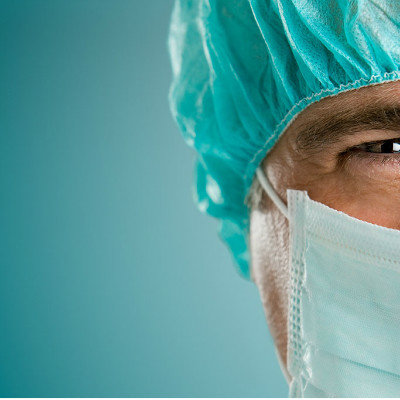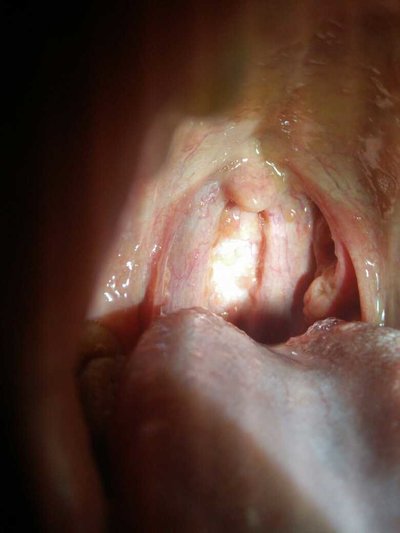How does ankylosing spondylitis kyphosis deformity do?
summary
Ankylosing spondylitis is a common cause of kyphosis, which seriously affects the daily life and social interaction of patients. Osteotomy is widely used in the correction of ankylosing kyphosis, the most common are Smith Peterson osteotomy and transpedicular osteotomy. However, the determination of the angle of osteotomy and the control of the degree of correction has always been a difficult problem for spine surgeons. That ankylosing spondylitis kyphosis deformity how to do?
How does ankylosing spondylitis kyphosis deformity do?
Precise control technology is mainly divided into two steps. In the preoperative stage, patients underwent CT, whole spine radiography and other imaging examinations. Through paper-cut splicing or imaging calculation, the position and angle of osteotomy were determined, and the spinal model after orthopedic surgery was constructed. According to the shape of the model, the titanium rod was bent in advance to limit the shape of the spine after orthopedic surgery. During the operation, according to the previous calculation results, the corresponding osteotomy was performed, and the temporary titanium rod was used for temporary fixation. After the fixed position was adjusted, the pre bent titanium rod was replaced to control the degree of orthopedic accurately.

Four patients with ankylosing spondylitis kyphosis were treated with this technique. The results showed that the intraoperative control of osteotomy angle and orthopedic degree was more accurate after the application of this technique. It took 48 hours for two patients to calculate the osteotomy angle before operation ° And 27 °, The actual osteotomy angle was 48 ° And 26 °; The preoperative kyphosis was 10 ° And 34 °; Postoperative correction was lumbar lordosis 58 ° And 62 °。 C7-ssvl was corrected from 21 cm and 14 cm preoperatively to 2 cm and 1 cm postoperatively. After the application of this technology, the accurate grasp of spinal orthopedics was achieved, and a good orthopedic effect was obtained.

However, this technique (common osteotomy for ankylosing kyphosis) is not without shortcomings. The establishment of whole spine model is expensive, and can not be used in all patients with ankylosing kyphosis. In addition, the hip position of patients changes during CT scanning, which leads to the change of c7-ssvl, which has an impact on the prediction of osteotomy angle. Moreover, the number of cases of this technology is small, only 4 cases, and its effectiveness needs a larger sample size to prove.

matters needing attention
Most patients will eventually have kyphosis, but the range of ankylosis, the degree of ankylosis and kyphosis are different. 30% - 60% of patients will have obvious kyphosis. If the kyphosis is beyond a certain degree, it will lead to standing, walking, horizontal vision, supine, breathing, swallowing difficulties, premature decline of cardiopulmonary and visceral functions, extremely limited activity ability, great damage to psychological state, and significant decline of quality of life. Surgical treatment is necessary for these patients.

















